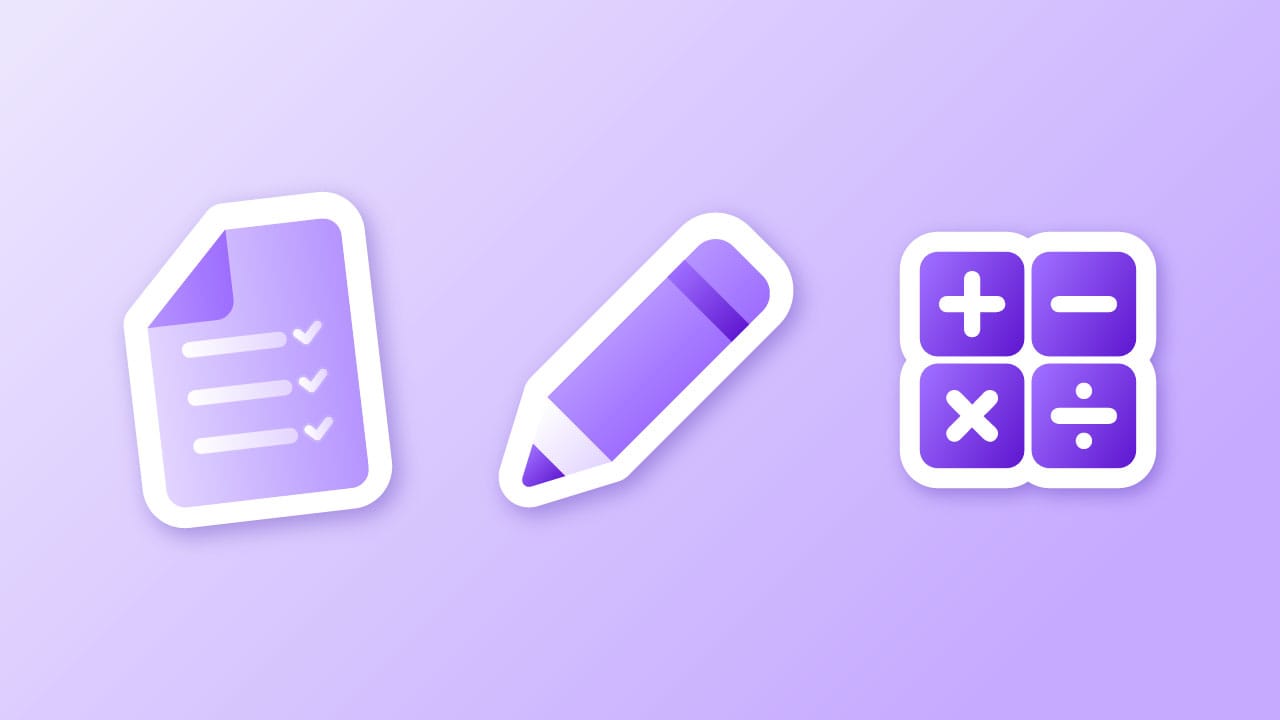
Through customer satisfaction surveys, you can listen to the thoughts and feelings of customers who actually use your services. And based on this, you can convey your intention to improve your services to the customers. This strengthens the relationship between customers and companies, ultimately providing a positive customer experience.
Customer satisfaction surveys vary in survey methods and calculation methods depending on what questions are asked at which touchpoints. For example, there are various methods from NPS to C-SAT. It is important to understand the difference between different satisfaction survey techniques and utilize them appropriately. If you conduct a survey after accurately understanding the characteristics and calculation methods of each technique, you can improve the quality of the collected data. You can also maximize the effectiveness of your satisfaction survey by property analyzing the results. Therefore, today we will learn about the differences between CES, NPS, and C-SAT and the calculation methods of each technique. And among these representative satisfaction survey techniques, choose the one that best suits your survey’s purpose.
1. Customer Effort Score (CES)
Customer Effort Score (CES) is a survey that lets you know how much difficulty customers felt and whether the customers felt their problems were well-resolved in the process of learning about products and services, purchasing and using them, and communicating with customer representatives. The survey focuses on assessing “How easy was it for the customers to achieve their goals?” Through the survey, you can measure the level of difficulty in using a product or service.
🟣How to calculate your CES
1. Collect responses: Use questions such as “How difficult was it for you to use this product/service?” and use a score scale of 0 to 10. The lowest score means it was really difficult, while the highest score means it was really easy.
2. Calculation: Add up the scores of all collected responses and divide by the total number of respondents to calculate the average.
🟣How to interpret your CES
The average score helps you understand how easy it was for customers to use the product/service overall. A high score indicates that the product or service was used with little effort, while a low score indicates that more effort was required. Since people instinctively prefer easy methods, they develop more affection towards methods that require them less burden. In short, the less effort a customer puts in, the better the score will become.
2. Net Promoter Score (NPS)
Net Promoter Score (NPS) is used to measure how willing customers are to recommend a company or brand. Through NPS, you can measure customer loyalty, reduce churn, and can find ways to convert customers into promoters. In short, NPS provides extensive insights related to business performance.
🟣How to calculate your NPS
1. Collect Responses: Use simple and intuitive questions like “How likely are you to recommend the company/brand to a friend or colleague?” and get a score out of 10. 9-10 score indicates a “Promoter” who recommends the brand to others, 7-8 score indicates a “Neutral” who is somewhat satisfied with the product or service but is neutral and can change their opinion at any time, and 0-6 score indicates a “Detractor” who can have negative impact on your brand due to their dissatisfying experience with the brand.
2. Calculation: Subtract the ratio of Detractors from the ratio of Promoters.
🟣How to interpret your NPS
NPS ranges from -100 to 100. A high score indicates that more customers are willing to recommend your company or brand, while a lower score indicates that improvement is needed. If you break down the NPS result and analyze NPS for specific products/services, regions, or customer segments, you can identify specifically where improvements are needed.
3. Customer Satisfaction Score (C-SAT)
Customer Satisfaction Score (C-SAT) is used to measure customer satisfaction. Typically, a 5-point scale (or 7-point scale) is used to measure how satisfied a customer is with a product or service.
🟣How to calculate your C-SAT score
1. Collect Responses: Use specific and clear questions like “How satisfied are you with this product/service?” and use a 5-point scale (or 7-point scale). 1 indicates very unsatisfied, and 5 indicates very satisfied.
2. Calculation: Divide the number of customers who responded ‘satisfied’ and ‘very satisfied’ by the total number of respondents and multiple by 100.
🟣How to interpret your C-SAT score
The score indicates the overall satisfaction with the product/service. Higher scores indicate greater satisfaction, while lower scores indicate a need for improvement. To accurately identify areas of improvement, you can understand customers’ thoughts and needs by asking them for additional opinions on why they chose such scores.
The three techniques we looked at today have something in common: they use simple questions, evaluate customer experience and satisfaction, and provide important information to improve service/product. However, CES focuses on customer effort, while NPS measures the customer’s willingness to recommend. And C-SAT determines the customer’s satisfaction with products/services. There are also differences in calculation methods and interpretation of scores.
Therefore, understand these differences and conduct customer surveys by combining various techniques or selecting the appropriate technique depending on the situation. By more accurately collecting and analyzing your customer’s voice, you can effectively respond to the customer experiences. 😀




